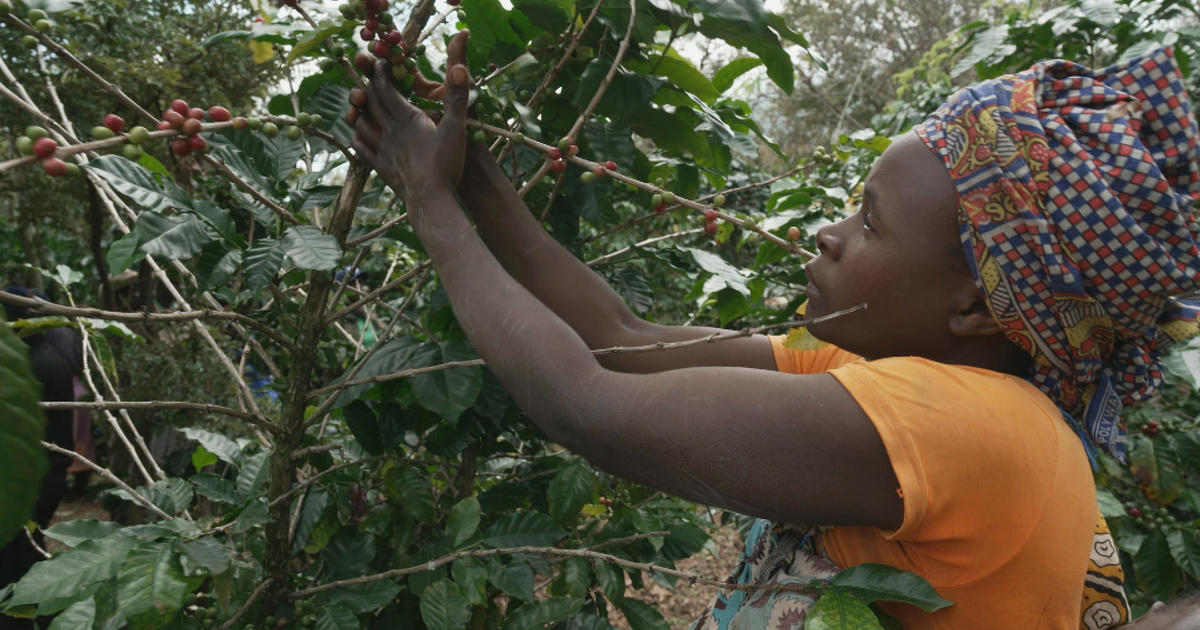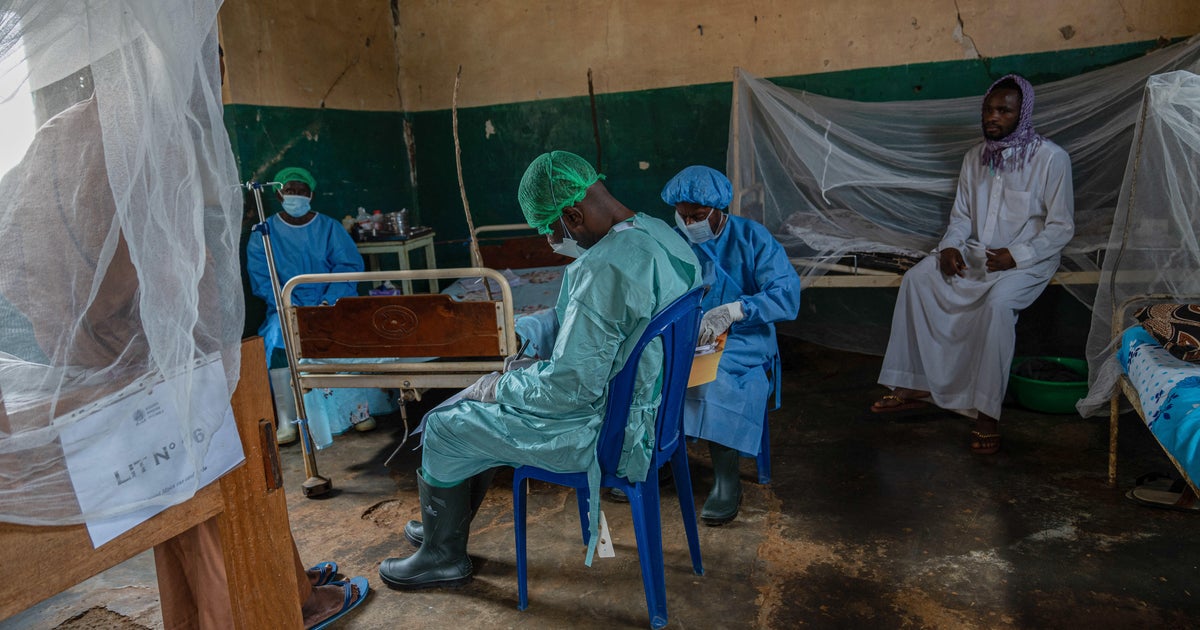CBS News
In Mozambique’s Gorongosa National Park, not just the animals are thriving | 60 Minutes

Wildlife is abundant in Gorongosa National Park. Situated in the center of Mozambique in southeastern Africa, Gorongosa is home to tens of thousands of animals, including lions, leopards, elephants, and zebras.
It is a remarkable sight, given the park’s history — and the transformation has not only been for animal residents.
Decades ago, Gorongosa was a world-famous park, renowned for its abundant wildlife. But from the 1960s until the 1990s, Mozambique was rocked by 28 years of war, first as the country gained its independence from Portugal, and then as a civil war broke out between the two main political movements. During the civil war, Gorongosa was often a battlefield; 95 percent of the wildlife was either poached by soldiers and local villagers desperate for food, or slaughtered for profit.
60 Minutes correspondent Scott Pelley first visited the national park in 2008 to follow American entrepreneur Greg Carr, who had spent the last four years devoting himself to returning Gorongosa to its former glory. At the time, Carr was beginning to reintroduce animals to the landscape. The effort was not without its challenges. Zebras, for example, had to be brought in from Zimbabwe, but that country’s political and economic troubles at the time made importing anything impossible.
Carr’s grand vision for the park went well beyond animals, however. It also extended to the people living around the park, who were surviving on not much more than a dollar a day.
“The idea is, take the beauty of the park and use that to do human development,” Carr told Pelley in 2008. “Attract the tourists who will spend the money to create the jobs and lift everybody out of poverty. For an entrepreneur, it’s kind of a compelling opportunity to, you know, one plus one equals ten.”
Pelley and 60 Minutes returned to Gorongosa in 2022 to see how Carr’s equation was working out. The transformation was immediately evident.
“We used to drive on the trails here in 2008, and we would drive for hours and not see an animal, not one,” Pelley told 60 Minutes Overtime. “Today you can’t drive 100 yards without running into all kinds of spectacular African fauna and flora.”
Carr’s bet on human capital has also made a leap forward. Gorongosa now employs 1,600 mostly Mozambican workers. Carr’s organization works in all 89 primary schools that surround the national park and trains hundreds of schoolteachers. Carr has also begun 92 after-school clubs that serve some 3,000 young girls.
Part of his investment into the people of Gorongosa includes sending young people to the United States to go to college, including one young woman named Gabriela Curtiz. Fluent in numerous languages, Curtiz grew up in the Gorongosa area and is now enrolled at Boise State University in Idaho, where she’s getting a degree in management. Her goal is to return and help manage Gorongosa.
Curtiz told Pelley that Carr’s changes to Gorongosa have helped its people by giving them opportunity, especially women.
“Here in Mount Gorongosa specifically, we have 800 people working on the coffee harvesting and planting native species. And half of them are women,” Curtiz said. “So that gives prosperity. That gives voice to the women to express their opinion.”
In the years to come, Carr has next set his sights on attempting to make the park self-sustaining. Ecotourism is the main initiative, and Carr has begun building high-end lodges to expand the park’s revenue.
Another income-generating idea is selling carbon credits, which act somewhat like a permit for a company’s carbon emission. When a company, usually from a developed country, purchases a carbon credit, the company is then enabled to generate one ton of carbon emissions. For Gorongosa, the way for companies to offset their carbon usage is to buy trees.
Mount Gorongosa, which looms over the rest of the park, had been heavily stripped of trees during years of civil war. Today Carr’s non-profit foundation is giving away coffee trees for local farmers to plant as part of Mount Gorongosa’s reforestation, and the foundation is negotiating the sale of carbon credits for this planting.
The revenue from carbon credits, Carr said, will further benefit a region already impacted by climate change.
“I think we all know that there’s too much carbon dioxide going up into the air, and it’s heating the planet. And it’s going to hammer Africa,” Carr said. “Africa cannot afford any more droughts or for that [matter], many more cyclones.”
All the money brought in from both tourism and carbon credits will be returned into the community, Carr said.
As he looks toward the future, Carr’s vision for Gorongosa remains the same as it did when he first arrived in 2004: helping the residents of Gorongosa — both four-legged and two-legged.
“I like elephants,” Carr told Pelley. “But I love people.'”
The video above was originally published on Dec. 4, 2022 and was produced by Brit McCandless Farmer, Will Croxton, and Henry Schuster. It was edited by Will Croxton.
CBS News
Sen. Van Hollen says Biden is “not fully complying with American law” on Israeli arms shipments

Watch CBS News
Be the first to know
Get browser notifications for breaking news, live events, and exclusive reporting.
CBS News
Rep.-elect Sarah McBride says “I didn’t run” for Congrees “to talk about what bathroom I use”

Watch CBS News
Be the first to know
Get browser notifications for breaking news, live events, and exclusive reporting.
CBS News
11/24: Face the Nation – CBS News

Watch CBS News
Be the first to know
Get browser notifications for breaking news, live events, and exclusive reporting.








